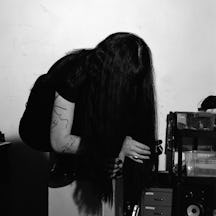In 2014 Johanna Hedva started writing about bodies – how they behave, and what they feel and need. Hearing the stories of other people’s bodies, Hedva realised that some bodies – those that are ill or disabled – need more than others, but are told they demand too much.
Notes on need
Words by Johanna Hedvaartwork by Naki Narhaverage reading time 8 minutes
- Article
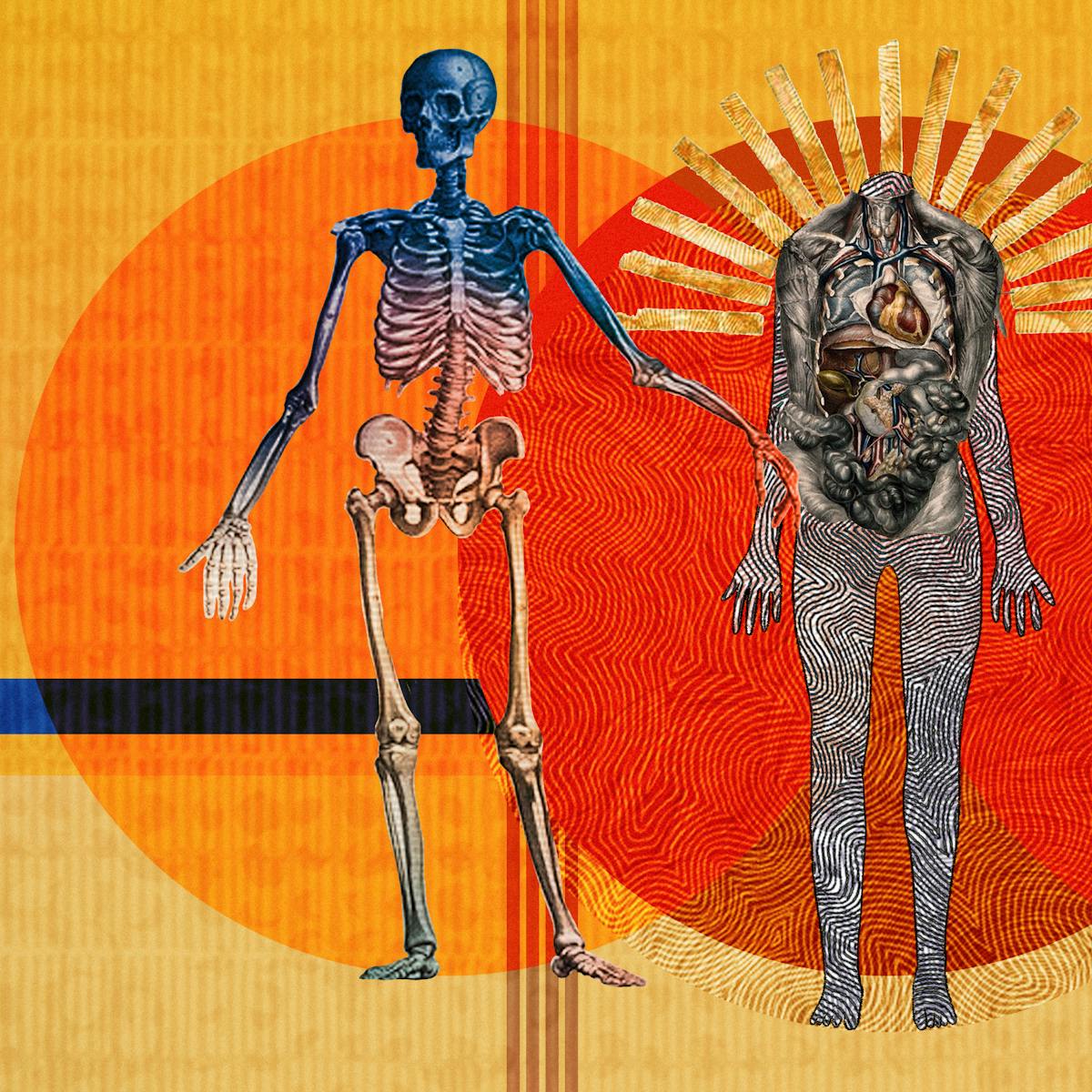
My favourite definition of the body is that it’s a thing that needs support. A social body, a body of work or water, a body of laws, or organs, tissue, bones – none of these can stand, withstand, on their own.
I also like the one that defines the body as the interface between the self and the world, although sometimes I wonder if the interface as such isn’t the self, somehow – for I don’t always agree that self and world, nor self and body, are so precisely separated. I wonder what use, whose use, such a distinction serves.
Sometimes I like to truncate the first definition, to make the body simply a thing that needs, period. What else would support be? What else would gratify a need?
In 2014 I started writing about illness and disability and care and ableism: essays, you could say, about the body, though not merely my own. I started writing about bodies because mine had recently collapsed under multiple illnesses; I felt small and broken and alone at the same time that I felt invaded and dependent and reliant on others, so demandingly reliant that it felt like the world had transformed into something unrecognisable, that it was not just me that was broken.
What I was learning was that my body needed – and it needed hugely, totally. Its neediness was deep and core and basic and primary: need was the fundamental methodology through which my body functioned, its essential practice. My body reared up and demanded centre stage. It was melodramatic, operatic, totally way too much, belting out an aria soaked in need.
And if my body didn’t get what it needed, God knows it made me very, very aware.
My body needed food, rest, sleep, care, shelter, vitamins, exercise, medication. It needed a sense of purpose, work to do, sunlight, a shower, the right shoes, the right temperature, the right chair.
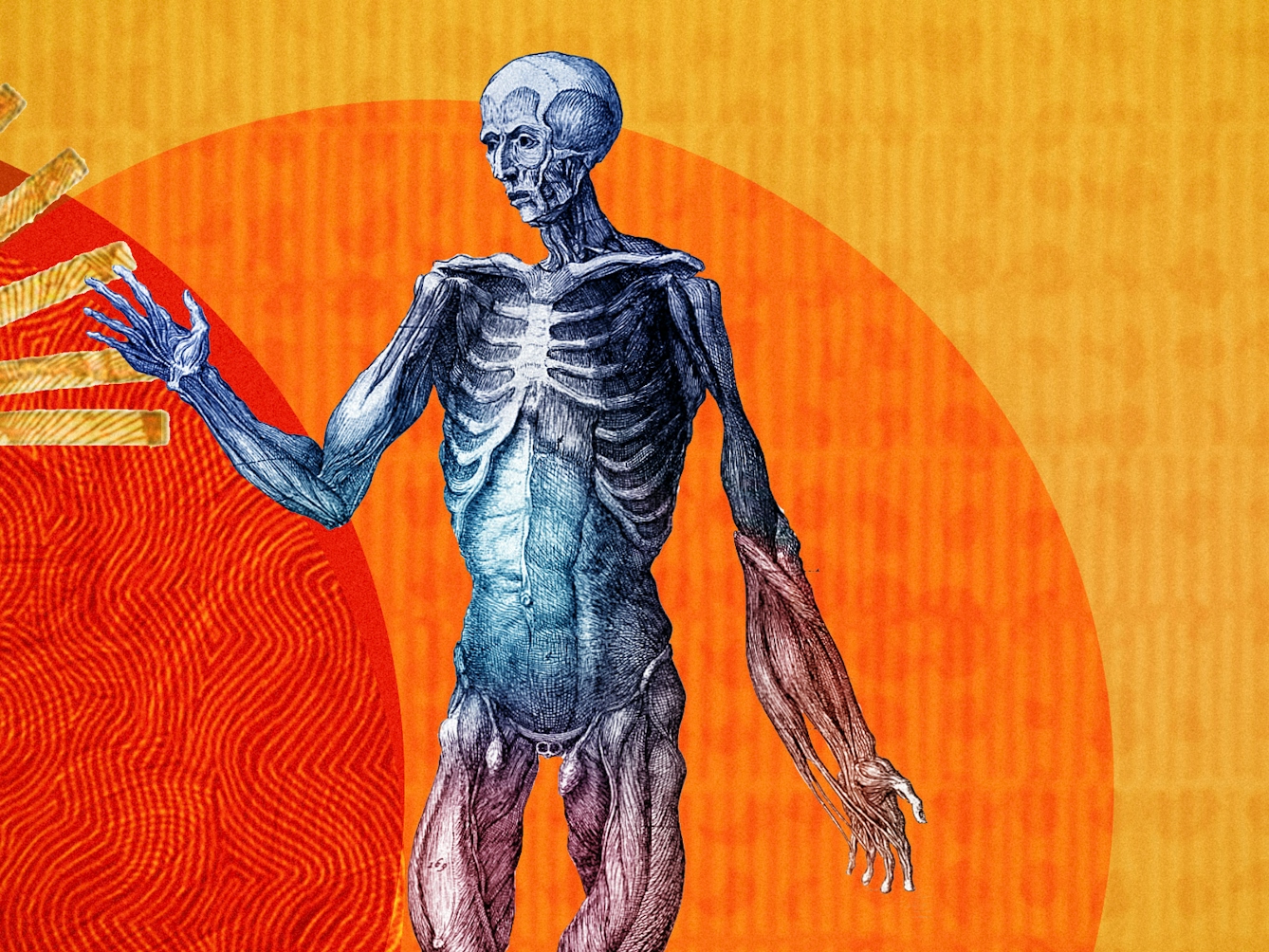
“My favourite definition of the body is that it’s a thing that needs support. A social body, a body of work or water, a body of laws, or organs, tissue, bones – none of these can stand, withstand, on their own.”
My body needed things that cost money, so much money! One refrain of the aria seemed to be about how expensive it was just to wake up and live.
And if my body didn’t get what it needed, God knows it made me very, very aware. Perhaps until then I’d somehow managed to get away with not listening to my body’s needs, with relegating it to the background, but now was the moment of reckoning. My debt was called in.
It turned out that I hadn’t listened to my body for so long that now that I was trying to, I found I didn’t understand it at all. It seemed to be constantly yelling at me: “Not enough!” or “Too much!”, “Not enough sleep! Not enough green vegetables!”, “Too much caffeine! Too much fucking stress!”
When my body shouted at me, I wanted to shout back, “Give me a damn break and let me live my life! This isn’t all about you.” But more often than not I just nodded meekly. “You’re right, I’m sorry,” I kept saying to my body. “I’ll try to be better to you.”
The body as a liability
It’s so easy, in writing these sentences, to shift from “me” to “my body” to “it” and back again. I’ve noticed that when we speak of our bodies in pain, in need, we tend to refer to them as separate from us. In pain and need, the body becomes ‘it’, a thing distinct from the self – “my back ached”, “it hurt”. Never “I ached”, “I hurt”. Yet when we are happy, joyous, successful, we do not say, “My body was happy.” No, we claim it: “I was happy.”
Making my body into a separate entity that I can call ‘it’ is a rhetorical device that serves a narrative but which gets no purchase in life. In illness, one is confronted with this aporia. And it is unbearable. There is no distinction between my body and my self on the days when my body – I – can’t get out of bed, on the days when walking from the front door to the bus stop are beyond my body’s – my – capacity.
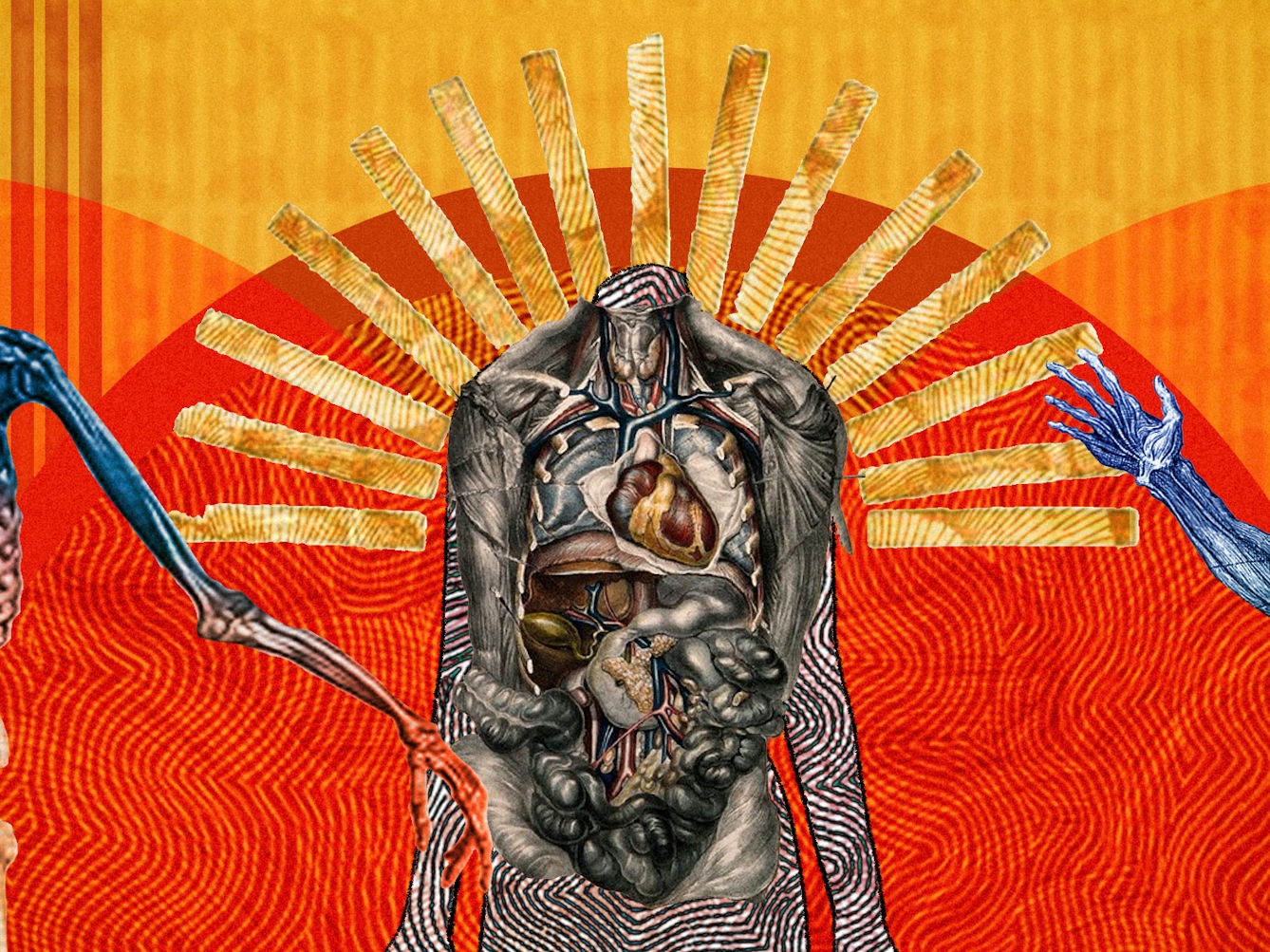
“It turned out that I hadn’t listened to my body for so long that now that I was trying to, I found I didn’t understand it at all."
‘I’ become attached to the kind of narrative I’ve been taught I should never want to be attached to, the one that doesn’t allow me any role beyond my body. Though I might try to insist on these separate entities, using words to make an ‘it’, some of us cannot redeem this distinction when we go to cash it in.
Since I started writing about bodies, many readers have written to me about theirs. The majority have a body that is painful, expensive, confusing, dysfunctional, malfunctioning, afflicted, debilitated, irregular, wayward, unmanageable and deviant, and they write to tell me about how they try, but mostly fail, to meet all of its needs.
These people want their bodies to matter, to be cared for – they insist on this, and yet it is almost always true that they have been abandoned by the infrastructural bodies from which support was supposed to come. They have no access to healthcare; they can’t afford to go to the doctor or take time off work, and if they can, doctors doubt or dismiss them; or worse, pathologise, police, surveil, incarcerate them.
All of them have been taught that a body is a perfectly productive and self-sufficient machine. It looks and moves a certain way, produces a certain amount of labour, belongs to a certain kind of person – and any body that deviates from this is a liability that can’t be transferred. This deviant kind of body’s needs are a debt that the ‘I’ cannot pay, and simply the fact of this kind of body at all makes the self insolvent.
Explanations for illness
One of the burdens placed on the sick is to account for why they are that way. After receiving so many letters from readers, I’ve heard many explanations for why people think they are sick. These explanations are often testimonies of poverty, systemic oppression, ableism as much internalised as external; trauma – individual, collective, intergenerational; and also, yes, there are suggestions, many suggestions, that are totally out there and woo-woo.
By now, I’ve heard almost every possible reason a person might be sick, and I think of them as a kind of litany, a song, the body stepping into the spotlight for its aria, and yet the ‘I’ is centre stage, taking the blunt edge of blame.
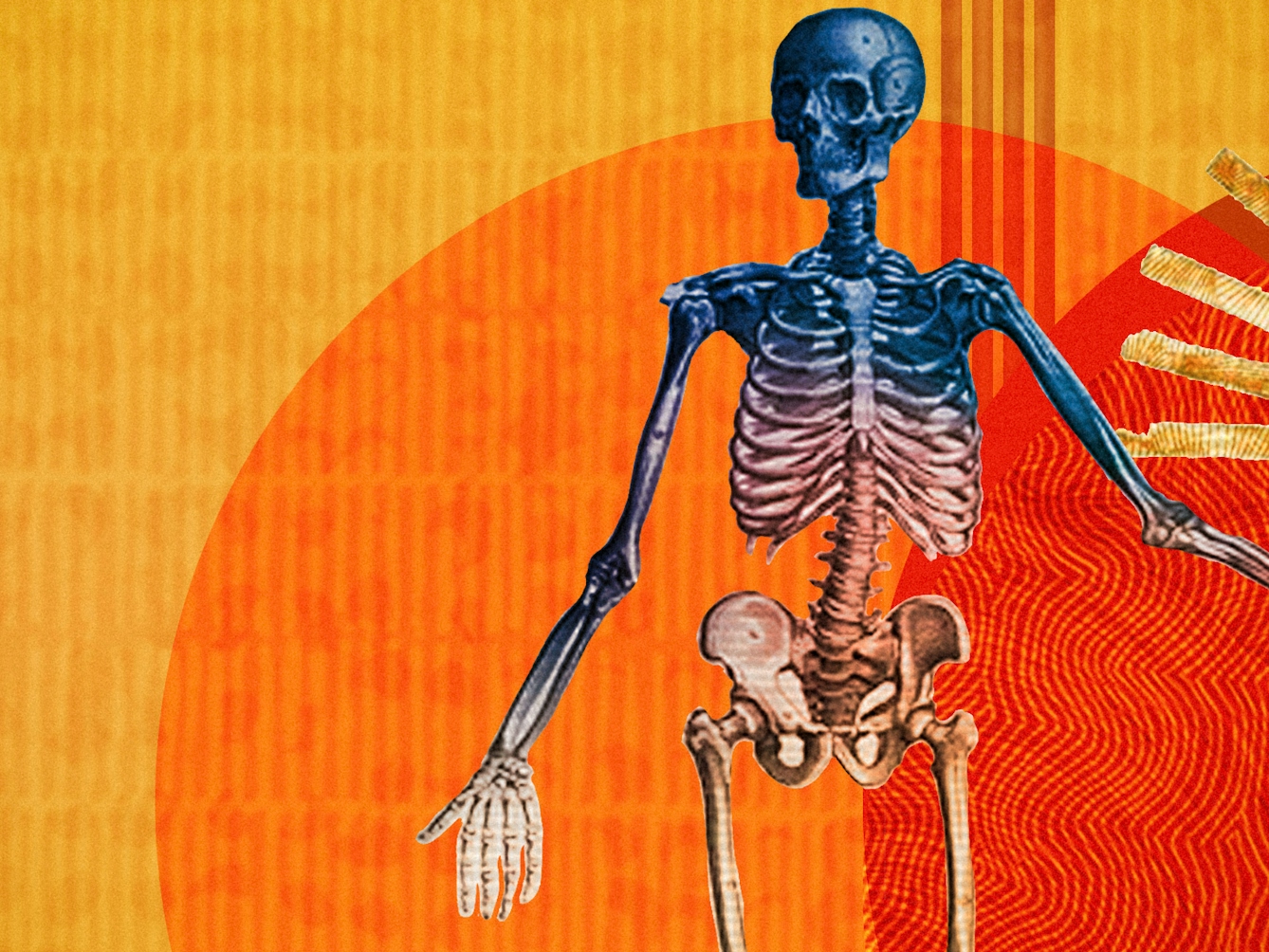
“There is one aetiology that I don’t believe, the one that says: ‘I’m sick because I deserve it.’ It’s the one sung by those to which we’ve given the names hypochondriac, disabled, crazy.”
I’m poor, I fled the war, I was raped by my father for ten years, I’m descended from slaves, I spent five years in prison, no one believed me, I cannot afford the medication I need to stay alive, I had life-saving surgery and now I’m in debt, I was fired because I was sick, there is an electrical box right outside my bedroom window, I wear antiperspirant, I didn’t express my rage enough, my apartment has mould, I ate meat for too long, I didn’t eat meat for long enough, I drank eclipse water, a ghost is tormenting me…
The list is long. I read it; I can hear its music. I nod.
I believe every single one of these aetiologies. Of course, I think, that is something that needs support, and of course, that could be something for which no amount of support will ever be enough. That could be something that needs forever.
A chorus of blame
But there is one aetiology that I don’t believe – and it’s the one that appears the most. Explicitly stated, or threaded beneath the words, it’s the universal refrain of the sick person’s aria. It’s the song that swells in bodies, in selves that are supposed to be silent, not so loud, certainly not this loud.
When I hear it, my belief stops, I demand empiricism, cry confirmation bias. I don’t buy it – maybe because it’s the reason that is constantly being sold. Maybe I don’t want to buy it because I am the kind of person to whom it is sold more often than others, for it is true that we tend to tell certain people, but not everyone, that their needs, their bodies, are too much.
It’s the one that says: “I’m sick because I deserve it.” It’s the one sung by those to which we’ve given the names hypochondriac, hysteric, neurotic, malingerer. Disabled, degenerate, incurable, lunatic. Burden, problem, failure. Weak, crazy.
By now, when I hear “I’m sick because I deserve it,” I simply hear another way of saying, “Because my body – because I – needed too much.”
I hear the little slip between body and self, between self and world, this slip making a knot that binds together bodies of so many different kinds of deviance. It’s a chorus of people rendered a cacophony of bodies, a song of debt never meant to be repaid. It is music the world doesn’t want to hear.
About the contributors
Johanna Hedva
Johanna Hedva is a Korean-American writer, artist, musician and astrologer who was raised in Los Angeles by a family of witches, and now lives between LA and Berlin. Hedva is the author of ‘Minerva the Miscarriage of the Brain’ (Sming Sming/Wolfman, 2020), a collection of poems, performances and essays, and the novel ‘On Hell’ (Sator/Two Dollar Radio, 2018). They have released the albums ‘Black Moon Lilith in Pisces in the 4th House’ (2021), a doom-metal guitar and voice performance influenced by Korean shamanist ritual, and ‘The Sun and the Moon’ (2019), which had two of its tracks played on the moon.
Naki Narh
Naki is an artist of Ghanaian descent from two homes, Accra and London. Her work draws inspiration from quintessentially Ghanaian tropes and concerns: explorations of self and identity, social and personal conscience. She loves to work with abstract lines, portraits, colour and patterns. She works in ink and acrylic on paper, digital painting and canvas. Explosions of colour and patterns mark her rapidly evolving signature style. Her love for art and architecture are more than expressions of self: they represent an amalgam of all that has moulded her themes and style of painting. They are an assimilation of the kaleidoscope of cultural and structural vibrancy and vitality of a life spent immersed in distinctly different cultures.
